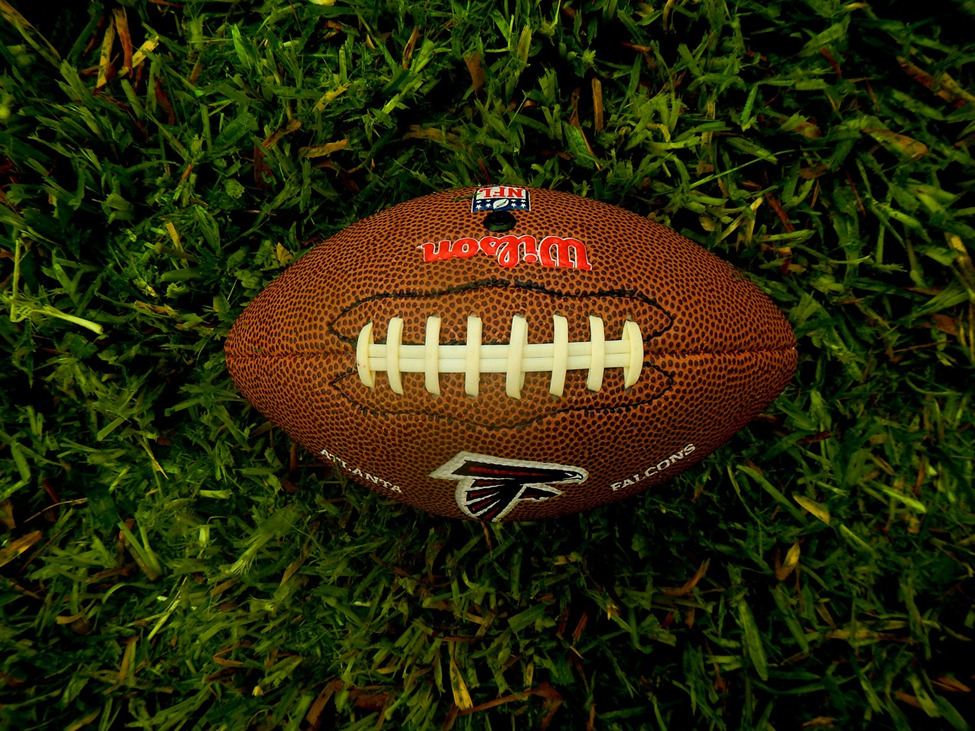What You Need to Know About the New NFL Rules in 2023

The NFL never fails to deliver excitement and drama. Each new season brings a wave of anticipation for the electrifying touchdowns and bone-crushing tackles. It also comes with adjustments and amendments to the rulebook that shape the game we love.
Whether you’re an avid follower of America’s favorite sport or enjoy catching a game now and then, grasping the new NFL rules introduced this year is vital to understanding the dynamics that’ll influence the upcoming games.
This blog post will serve as your comprehensive guide to the latest NFL rules. We’ll break down the fundamental changes, explain their implications, and provide you with the context needed to grasp their significance.
Fourth-Down Conversions as Turnovers
Significant changes are happening in the NFL this year, and one is about how teams handle fourth-down plays. In the past, when a team didn’t succeed on a fourth-down try, it was like a normal play.
But now, things are different. Failing a fourth-down attempt will be treated as a turnover. This momentous change not only amplifies the stakes of such critical plays but also introduces a layer of automatic review that further adds to the suspense of each game.
In essence, when an offensive team endeavors a fourth-down conversion but falls short, the customary challenge privilege held by coaches is suspended. Instead, officials in the booth will initiate an immediate review of the play.
This revamped rule aligns with the NFL’s continuous efforts to ensure fairness, accuracy, and the reduction of potential game-changing errors. However, it’s important to note that the rule distinction is nuanced.
Successful fourth-down conversions continue to necessitate a coach’s challenge, except when they transpire within the two-minute warning or during overtime. This strategic element underlines the delicate balance the league aims to strike between leveraging technology and preserving the strategic depth that challenges bring to the game.
Instant Replay Reversal Play Clock
In football, even small changes can be a big deal. This year, there’s a new rule about managing time when the referees check the video to change their decision during the last two minutes of each half.
When the referees change their minds because of a video review with under 2 minutes left in half, the play clock gets 40 seconds or 30 seconds if there’s a rule problem.
And if the clock changes from stopping to running, there’s a 10-second countdown that the team can pause with a timeout. These rules might seem small, but they can change how the game plays out, especially in the exciting final moments.
These changes affect not only the flow of the game but also the way NFL lines move, adding another layer of strategy to the mix.
Tripping and Launching Penalty
Tripping is when a player tries to make someone else stumble by using their leg or foot. Before, it was kind of a penalty, but now it’s considered a personal foul. That means it’s more serious and leads to a 15-yard penalty.
Launching is another thing that just has clearer rules. This action is when a player jumps off the ground to strike someone. Now, it doesn’t matter if they have both feet off the ground or just one – if they jump to hit someone, they get a 15-yard penalty, too.
Fielding an Emergency Quarterback
Sometimes, in football, unexpected situations can arise, and that’s why the NFL has planned to have a third quarterback ready to step in during a game if needed. This special quarterback is called an “emergency quarterback,” and there are some rules that go along with this.
Firstly, this emergency quarterback needs to be part of the main team roster of 53 players, not just the practice squad. That’s the group of players who are officially part of the team and can play in games.
But here’s an exciting twist: even though this quarterback needs to be part of the 53-player roster, they don’t have to be among the main 47 or 48 players who are usually active for a game.
Now, when can this emergency quarterback enter the game? If a team’s first two quarterbacks are hurt or can’t play, the emergency quarterback can step in. However, there’s a catch.
If one of the injured quarterbacks gets the okay from the medical team to play again, the emergency quarterback has to leave the game.
It’s interesting to know that the NFL had a similar rule from 1991 to 2010, but they stopped using it for a while because they changed some other rules about how many players can be active during a game day.
Fair-Catch Rule on Kickoffs
If the player who’s good at returning kicks decides to do a fair-catch signal and catches the ball anywhere in the end zone, up to the 25-yard line, something special happens. The team gets the ball at the 25-yard line automatically.
It’s like a touchback when the ball is kicked far, and the player decides not to run with it. This new rule ensures the team doesn’t have to start too far back from where they caught the ball, especially when they make a fair catch.
Final Thoughts
The NFL is ever-evolving, and these rule changes exemplify the league’s dedication to making the game safer, fairer, and more engaging for players and fans alike. Stay engaged, stay informed, and most importantly, enjoy every heart-pounding moment the 2023 NFL season offers.




























